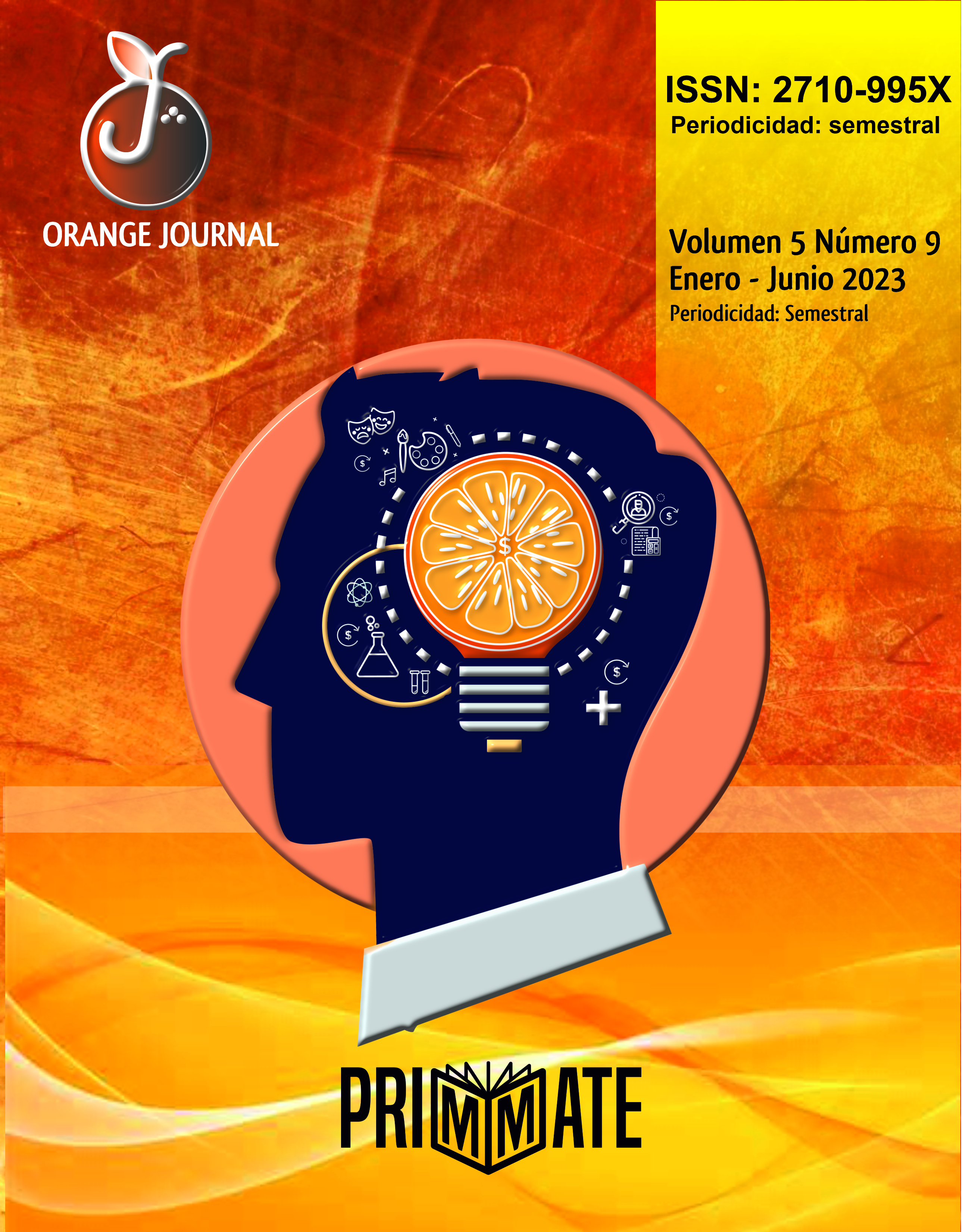Construction of a biodigester prototype for obtaining biogas from organic solid waste
DOI:
https://doi.org/10.46502/issn.2710-995X/2023.9.06Keywords:
anaerobic digestion, biogas, digester, solid waste.Abstract
The intense process of urbanization that has been seen in major cities, along with technological advances have caused serious environmental problems on the planet, especially in the least developed countries as is the case of Angola. In this context, the solid wastes have become one of the main problems to be tackled by mankind, since they are inevitably produced in the activities developed in the man himself. The search for a new pattern of development based on the concept of sustainability has become the focus of production processes. Therefore, energy and the environment they are presented as being closely linked fields, both in terms of research and development, as in the implementation of technology. Anaerobic digestion systems with power generation, specifically from municipal solid waste, have emerged as an alternative capable of contributing positively to the search for a new pattern of development, since they contribute to solve irresponsible emission problems of municipal solid waste thus reducing the problems of environmental pollution. In the present work, a proposal was made for a biodigester prototype to obtain biogas from organic solid waste.
Downloads
References
Barcelos, B. (2021). Avaliação de diferentes inóculos na digestão anaeróbica da fracção orgânica de resíduos sólidos orgânicos. (Dissertação de Mestrado do programa de tecnologia ambiental e recursos hídricos) da Universidade de Brasília, 90 p.
Chanakya, H.N., Ramachandra, T.V., Guruprasad, M., & Devi, V. (2019). “Micro – treatment options for components of organic fraction of MSW in residential areas”. Environ MonitAssess, 135, 115-121.
Dixon, N. (2020). Removal of pathogenic organisms from the effluent of na upflow anaerobic digester using waste stabilization ponds, Water Science Tech., 31.
Gonçalves, S.C. (2020). Efeito da agitação mecânica na biodigestão anaeróbica de resíduos sólidos orgânicos. Dissertação de mestrado. Universidade Federal do Ceará, 53p.
Jack, M. (2019). “Desenho de Estruturas De Aço, Método LRFD”. Segunda Edição. México: Alfaomega.
Karlsson, T., Konrad, O., Lumi, M., Schmeier, N. P., Marder, M., Casaril, C. E., ... & Pedroso, A. G. (2022). Manual básico de biogás. 1ª ed. Univates: Lajeado.
Matos, A. T. (2022). Tratamento de resíduos agroindustriais. Curso sobre tratamento de Resíduos Agroindustriais, Fundação Estadual do Meio Ambiente. Viçosa.
Medina, R. (2017). Projeto de um hidrociclone para produção de biodisel. Projecto de fim de curso para obtenção do grau de Bacharelato em Engenharia Electromecânica. Faculdade de Engenharia. Universidade Agostinho Neto. Angola.
Nogueira, N. (2020). Biomassa Energética. Caracterização da Biomassa. Palestra Proferida na I Escola de Combustão, Florianópolis.
Oliveira, L.B., & Rosa, L.P. (2013). Brasilian waste potencial: energy, environmental, social and economic benefits. Energy Policy, 181-198.
Pukasiewicz, S. R. (2020). Estudo de caso: gerenciamento de resíduos sólidos industriais em uma indústria processadora de soja. SP, Brasil: XI SIMPEP Bauru.
Souza, C.E. (2019). “Biodigestor: limpeza do ambiente e rentabilidade, manual do ambiente”. São José do rio preto.
Van, A. (2021). Tratamento Anaeróbio de Esgotos: Um Manual para Regiões de Clima Quente, Epgraf, Campina Grande, 240 p.
Venegas, M. (2004). Heat and mass transfer during absorption of ammonia vapour by LiNO3–NH3 solution droplet. International Journal of Heat and Mass Transfer, 47(12-13), 2653-2667.










